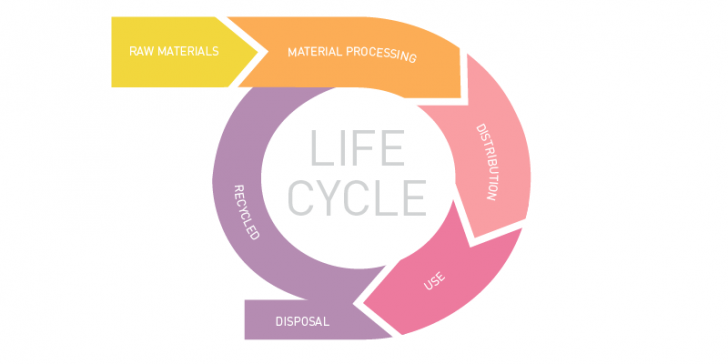Erfolgreiches erstes Jahr für das SUN Projekt

Während des zweitätigen jährlichen Treffens in Utrecht (NL) im Oktober 2014 hatten die 35 Partner aus 12 EU Ländern (und der Schweiz) die Möglichkeit, die spannenden Resultate der ersten 12 Monate des SUN - Sustainable Use of Nanotechnologies - Projekts zu präsentieren.
SUN ist ein Projekt der Europäischen Union, das von 2013 bis 2017 während dreieinhalb Jahren verfolgt wird und über ein Budget von 14 Millionen Euro verfügt. Hauptziel des Projektes ist die Evaluation der Risiken, die entlang der Wertschöpfungskette von synthetischen Nanomaterialien entstehen. Die Innovationsgesellschaft, St. Gallen ist an der Entwicklung des SUN-Decision-Support (SUNDS) Online-Tools beteiligt, welches eine nachhaltige Produktion und Verarbeitung von Nanomaterialien fördern wird.
As a result of the work of the first 12 months, the project consortium has highlighted nanoscale Copper Oxide (CuO) as one of the case studies to evaluate nano-EHS risks. Nanoscale CuO is commonly used in antimicrobial wood coatings. It was decided that CuO will be evaluated as additive in a high-gloss acrylic wood coating, where the anticipated antimicrobial activity of CuO would provide an additional functionality for the coating.
In a first stage, several other case studies – simulating all stages of the life cycle – have been conducted to determine the release of nanoparticles from different product matrices (e.g. Silica from food, TiO2 from self-cleaning coatings for ceramic tiles, carbon nanotubes from anti-fouling coatings and lightweight, conductive plastics) and to artificially age them by subjecting them to luminosity, weathering, leaching, incineration, and/or immersion.
These nanomaterials have been used to test their physic-chemical characteristics, hazard, exposure, risk and environmental impact and to compare the results to their pristine counterparts. Some environmental studies involved in vivo microbial communities, whole organisms (soil, sediment and water invertebrates) and in vitro tests with cells. In order to estimate human health risks, inhalation and ingestion in vivo experiments were performed. The first in vitro screening results showed relatively low toxicity of most nanomaterials, but some results point to cytotoxicity and pro-inflammatory responses. At the same time, project partners have developed practices, methods and tools to facilitate safe production, handling and disposal of nanomaterials. First results show, that considering the properties of a NOAA and its uses and exposure, it might be possible to rethink its engineering in order to process a safer product. For example: if the toxicity of a particular nanomaterial comes from its small size, “enlarging” would reduce its toxicity. Surface engineering modification applied to CuO will provide a first strong input for the development of new risk management guidelines.
The knowledge and tools produced will be integrated into the SUN Decision Support System, a software for industry and regulators to estimate the risks from nanomaterials and to evaluate the technical and cost effectiveness of the available technologies and practices in risk prevention and control. Development on the tool has started; the SUN Decision Support System will be launched in 2017.
SUN is funded by the EU 7th Framework Programme, contract no. 604305.
Quelle: SUN Projekt
Bild Quelle: SUN Projekt